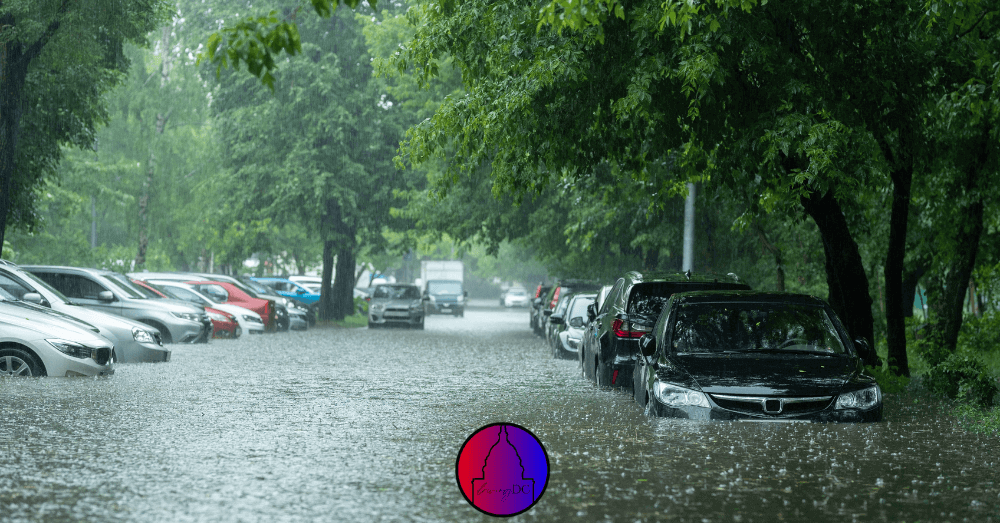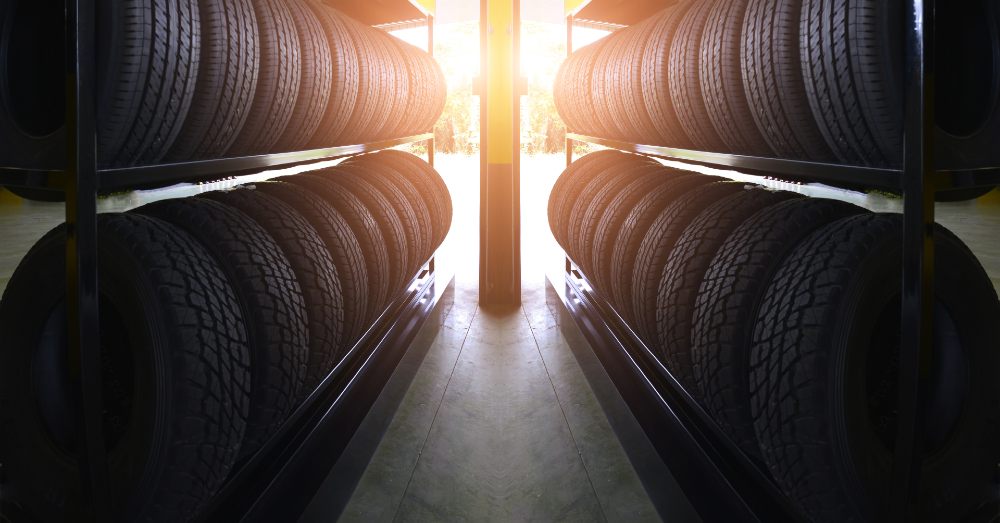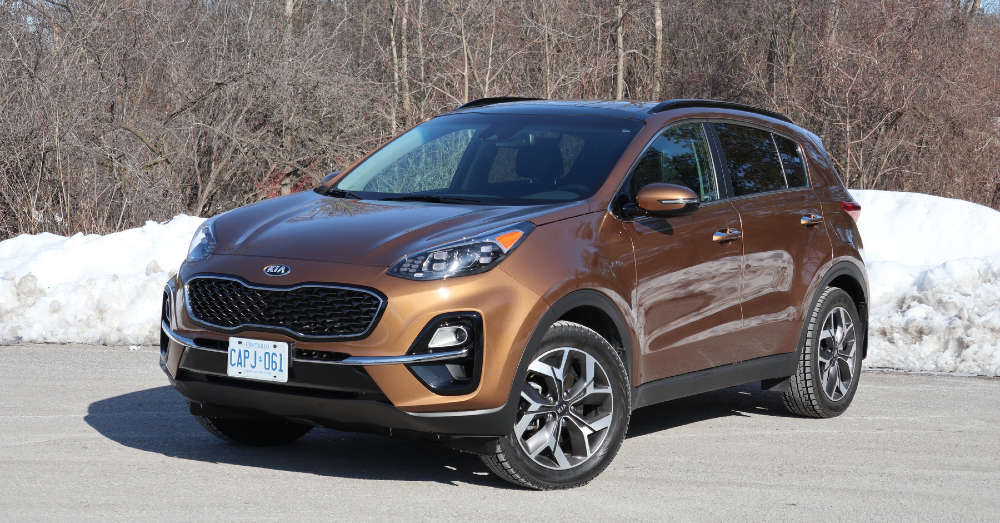
How to Identify Flood-Damage in a Used Car
Just because you don’t live near the coast doesn’t mean a passing hurricane can’t impact you. Thousands of flood-damaged vehicles are removed from areas that experience high waters and sold in landlocked states. Sure, there are safeguards in place to ensure that potential buyers don’t take home a wet lemon, but scammers always try to find ways to sell you a vehicle that has flood damage.
The Grift
Con men clean up these cars and move them away from impacted areas. People in the Midwest, for example, are less likely to wonder if a car has flood damage than people near areas that were just hit by a hurricane. External damage can easily be restored to make the car look almost new, but damage inside is harder to find.
Scammers also create fake titles that don’t show flood damage. When a car is damaged by a flood, and the owner’s insurance pays off on it, the title is noted appropriately. Fake titles raise less suspicion.
The thought of a fresh, used car at a good price might seem like a breath of fresh air in this competitive market, but drivers have to take time to be sure.
How to Identify Flood Damage on a Used Car
Even with a fake title, most scammers aren’t able or don’t go through the trouble of changing the VIN of a vehicle. They might provide a fake history report in hopes you don’t notice, but the actual VIN of the car will reveal its darkest secrets.
CARFAX offers a free tool that helps shoppers see if a car was reported to have flood damage. You can pop in the VIN and get more information. Of course, this tool only works if the car was officially reported to have damage.
There are some other signs you can look for that might indicate water damage to a used car:
- Damp carpets
- A musty odor, which might be disguised by strong air-fresheners
- Mud/silt in the glove compartment, under the seats, or in the trunk
- Moisture in the interior/exterior lights or instrument panel
- Rust around the doors, dashboard, pedals, or hood/trunk latches
- Loose carpet or carpet that doesn’t match the rest of the interior
It’s worth taking time to examine areas that are either hard to clean or might be overlooked when trying to hide flood damage.
Avoid Scams
The easiest way to avoid scammers is to shop with a reputable used car dealership. Major brands have too much to lose by trying to trick people into buying flood-damaged vehicles. Most legit dealerships also offer valid vehicle history reports that showcase any reported damage from the vehicle.
You should also always be wary of any used car that is being sold for less than market value. Sure, good deals exist, and sometimes you can find a great price, but no one is going to give up free money unless there is a catch.
Keep your eyes open because a flood-damaged used car might come your way sooner than you might think.
This post may contain affiliate links. Meaning a commission is given should you decide to make a purchase through these links, at no cost to you. All products shown are researched and tested to give an accurate review for you.



